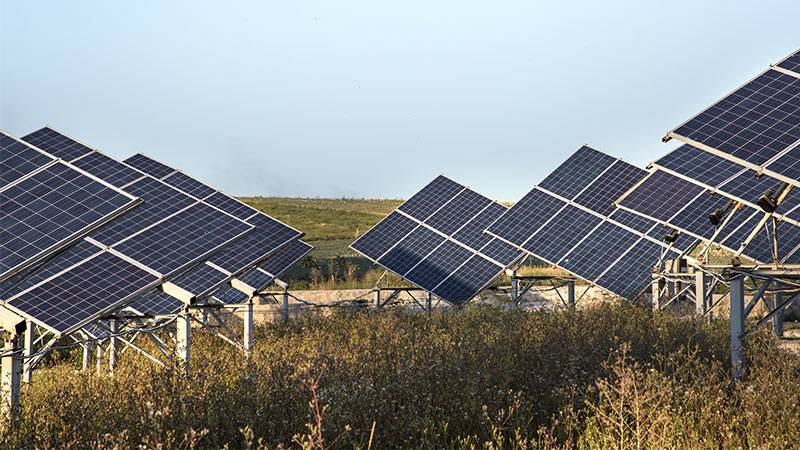The Bureau of Land Management (BLM) revealed an ambitious update to its Western Solar Plan on Wednesday, aiming to substantially increase solar energy production across the western United States. The update, a significant step forward from the 2012 Obama-era policy, proposes adding 5.4 million acres across Idaho, Montana, Oregon, Washington, and Wyoming for potential solar development. These designated lands are proximal to transmission lines capable of handling significant electrical loads, promising a blend of energy efficiency and environmental consideration.This initiative marks a strategic shift in renewable energy policies, focusing on regions with high solar potential and minimal ecological disruption. The plan introduces a “preferred alternative” framework, streamlining the permitting process for areas pre-identified as suitable for large-scale solar projects. By redefining the areas eligible for development and excluding certain variance areas deemed less suitable, the BLM is effectively consolidating solar development into regions best equipped to support it.The plan doesn’t just expand geographically but also intensifies the potential output. Over the next two decades, the BLM anticipates solar developments on approximately 700,000 acres of its managed lands, projecting an energy yield capable of powering millions of homes. This is not a carte blanche for developers, however. Each project within the identified priority zones will undergo rigorous evaluation, ensuring alignment with the broader framework emphasizing responsible and sustainable development.
 The plan, portions of which were developed in coordination with the Department of Energy’s National Renewable Energy Laboratory and the Argonne National Laboratory, estimates that solar development is likely on about 700,000 acres of BLM land in the planning area over the next 20 years, and that these projects would produce up to 100,000 megawatts of electricity — enough to power tens of millions of homes.
The plan, portions of which were developed in coordination with the Department of Energy’s National Renewable Energy Laboratory and the Argonne National Laboratory, estimates that solar development is likely on about 700,000 acres of BLM land in the planning area over the next 20 years, and that these projects would produce up to 100,000 megawatts of electricity — enough to power tens of millions of homes.
High-ranking officials, including Laura Daniel-Davis from the Interior Department and BLM Director Tracy Stone-Manning, stressed the plan’s dual focus on accelerating solar project approvals while safeguarding sensitive natural, historical, and cultural sites. This dual approach aims not only to hasten the transition to renewable energy sources but also to mitigate potential conflicts and legal challenges that could impede progress.The urgency of this initiative is underscored by the looming threats of climate change. According to E&E News, the BLM’s action aligns with President Joe Biden’s aggressive climate agenda, which includes ambitious targets for a carbon-free energy sector and substantial renewable energy production on federal lands. The plan is not merely an update but a strategic pivot towards a more streamlined, environmentally conscious, and robust solar energy infrastructure.Despite the apparent benefits, the plan has stirred diverse reactions. Conservationists largely applaud the move towards renewable energy, highlighting the potential for a balanced approach that harmonizes energy production with environmental and community interests. However, concerns linger among local communities and conservation groups, particularly regarding the potential ecological impacts of large-scale solar projects. These concerns are not dismissed; rather, they are incorporated into the planning process, with proposed management plans aiming to balance development with preservation.As the public comment period unfolds, the BLM’s proposal stands as a testament to a shifting energy paradigm. It encapsulates a broader national commitment to sustainable development, reflecting a nuanced understanding of the intricate balance between harnessing natural resources and preserving the environmental integrity. If approved, this plan could herald a new era of renewable energy, setting a precedent for future policies and projects across the nation.
More inspiring green news similar to this:


